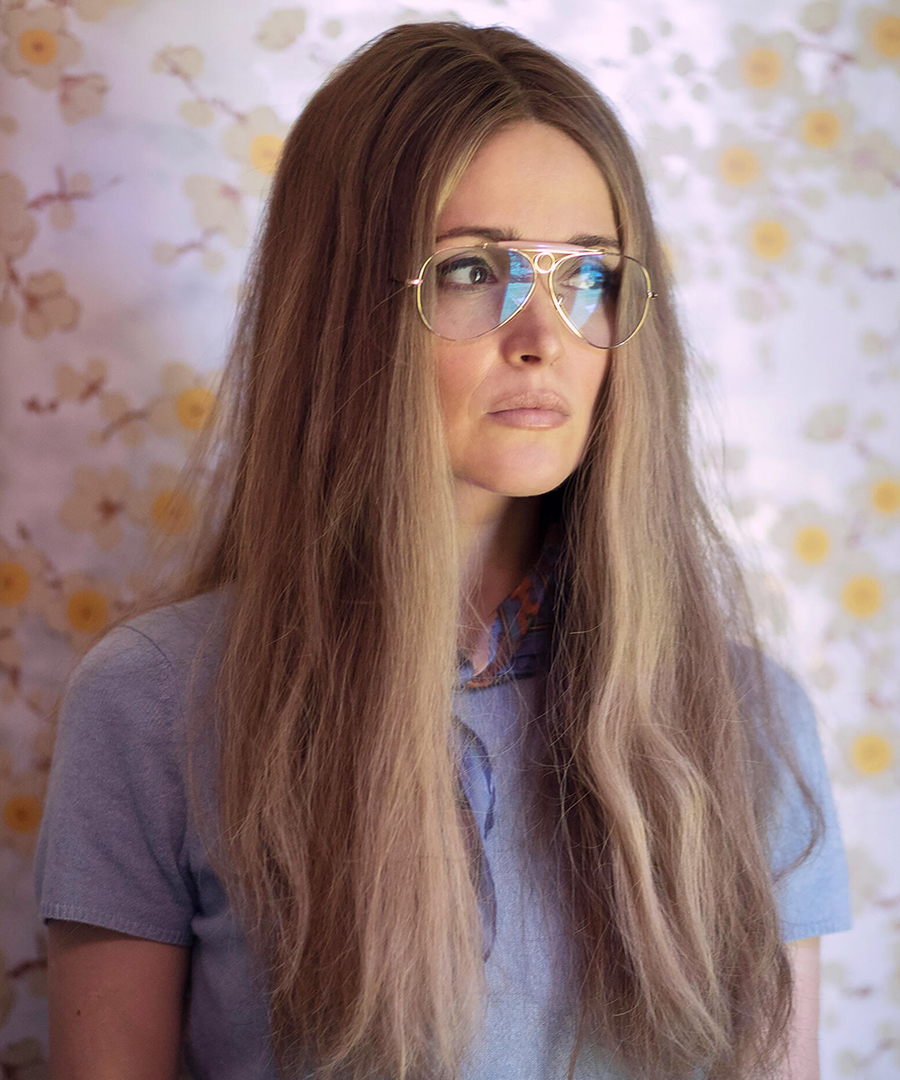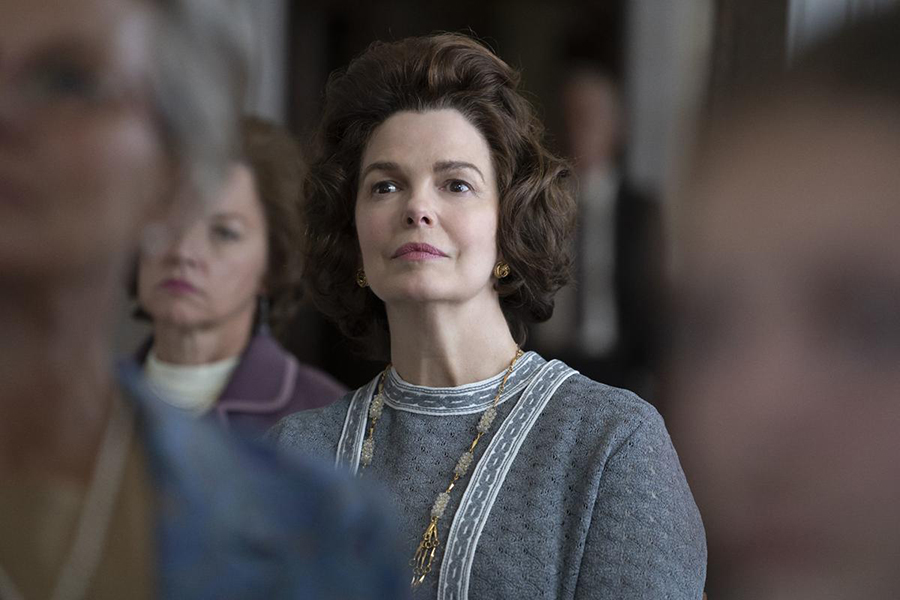Dressing for Destiny in Mrs. America
In FX’s new series, the women on both sides of the fight for the Equal Rights Amendment know that the totems of power are often just good grooming
In FX’s new series, the women on both sides of the fight for the Equal Rights Amendment know that the totems of power are often just good grooming

People wear clothes. Characters get costumes. Revolutionaries are somewhere in between: they might get dressed like the rest of us, but they know the value of a good accessory. A hat, a pair of glasses, a hairstyle: watching FX’s new show Mrs. America (2020), a dramatization of the fight for and against the ratification of the Equal Rights Amendment (ERA) in the early 1970s, we are reminded how similar the champions and opponents of the second-wave feminist movement were. The episodes focus, by turn, on the major protagonists of that fight, showing us how, across the political spectrum, these women used the same tactics to different ends. They dressed in different kinds of outfits for the same reasons. People who believe themselves capable of taking power quickly learn how to stand out in a crowd.

In the last few years, FX has produced a number of television series eager to re-litigate American history under better lighting. (See Ryan Murphy’s true crime depictions of The People vs. O.J. Simpson, 2015–16, and The Assassination of Gianni Verscace, 2018.) Aware that all productions of dramatized biography involve a degree of playing dress up, Mrs. America takes itself seriously, but in balance. Its creator is Dahvi Waller, whose writing credits include Mad Men (2007–15), a show spanning 1960–70, in which the many revolutions of that decade became either aesthetic or atmosphere. Every so often, a reference to upheavals beyond the fictional offices of an advertising firm on Madison Avenue worked its way into conversations or commercials but, for the most part, the show was about people who experienced radical social change as something like a mood. Now Waller has gone full circle, from Betty Draper to Betty Friedan.

Mrs. America focuses almost exclusively on the most famous figures of the era and, with a few exceptions for minor players and fictional composites, each character is matched with an actress of considerable fame. Cate Blanchett stars as anti-hero Phyllis Schlafly, the conservative activist leading the fight against the ERA, with Bella Abzug (Margo Martindale), Shirley Chisholm (Uzo Aduba), Friedan (Tracey Ullman) and Gloria Steinem (Rose Byrne) as her high-profile feminist antagonists. Blanchett, who is also an executive producer, does a brilliant job of what the performance requires: she turns a real person into a reflective surface for a beautiful actress to see herself in. Rather than providing a perfect imitation, Blanchett gestures towards the influence exerted by Schlafly without letting us lose sight of the performance behind the person. Each of the women wear their signature styles – from Schlafly’s coiffed up-do and pearls to Steinem’s long hair and aviators – to make us understand their parts as obviously as the bright-yellow fonts that periodically track the progress of the ERA on title cards.

Mrs. America is at its best in scenes where such obviousness gives way to subtle depictions of how political celebrity works. There is Steinem talking to a starstruck flight attendant, radiant with humility. There is Chisholm on stage, holding a hollow promise in the palm of her hand. There is Schlafly’s precise undercurrent of cruelty, which reduces her so-called friends to assistants.
What connects these women is a shared desire for recognition: to be key players, not ordinary people. In her book On Revolution (1963), Hannah Arendt wrote that the term was first used in astronomy, to describe a routine rotation in the sky. (‘I mean’, she wrote, ‘the notion of irresistibility, the fact that the revolving motion of the stars follows a preordained path.’) Central to Mrs. America is the idea of predestination: each of these women believes that her time has come.

In truth, neither side gets what it wants. ‘Revolutions’, Steinem says mournfully in one scene, ‘are messy.’ But this is not a messy show. The characters are presented to us cleanly, their motivations made clear through too many scenes with too many monologues. I found myself paying close attention, though I wasn’t sure what I was looking for – the pleasures of watching the past aren’t in the details, but in the hazy romance of seeing biography done better than reality. Mrs. America is not educational and it is not cathartic. It is a well-lit review of the official record and readings of the show will depend entirely on what political views an audience brings with it: the ideological divides of the 1970s remain as entrenched as ever.
My favourite parts were those small moments when we get to see that familiar totems of power are also just good grooming. We watch these women share bathroom mirrors to apply their lipstick, adjust their aviator sunglasses on the bridge of their noses, place cowboy hats on their heads, soak their silk with nervous sweat. In one scene, a Schlafly acolyte gets a whiff of Steinem’s perfume. As in a novel from another century, she swoons.
Main image: Cate Blanchett as Phyllis Schlafly in Mrs. America, 2020, video still. Courtesy: FX and Hulu





















